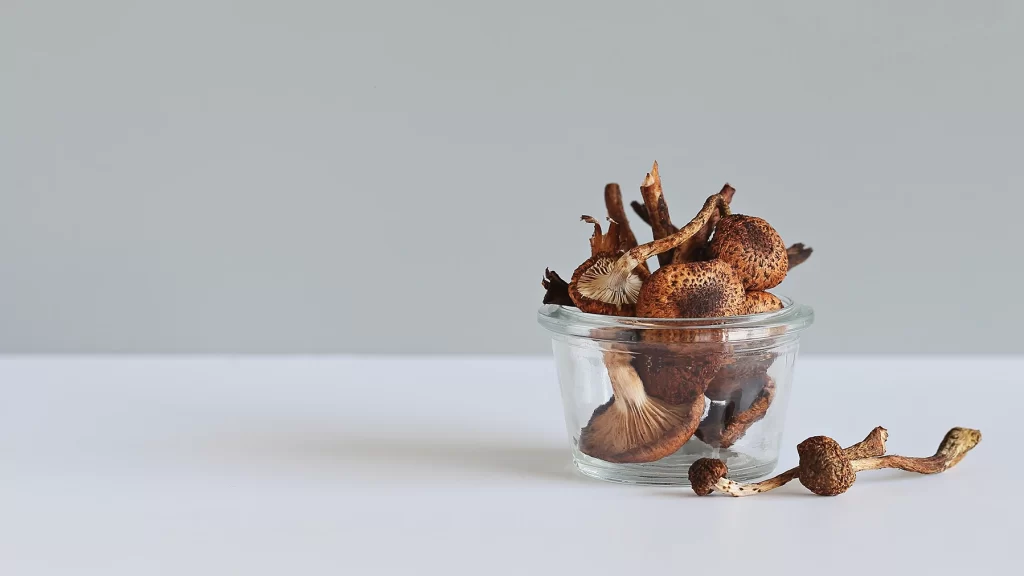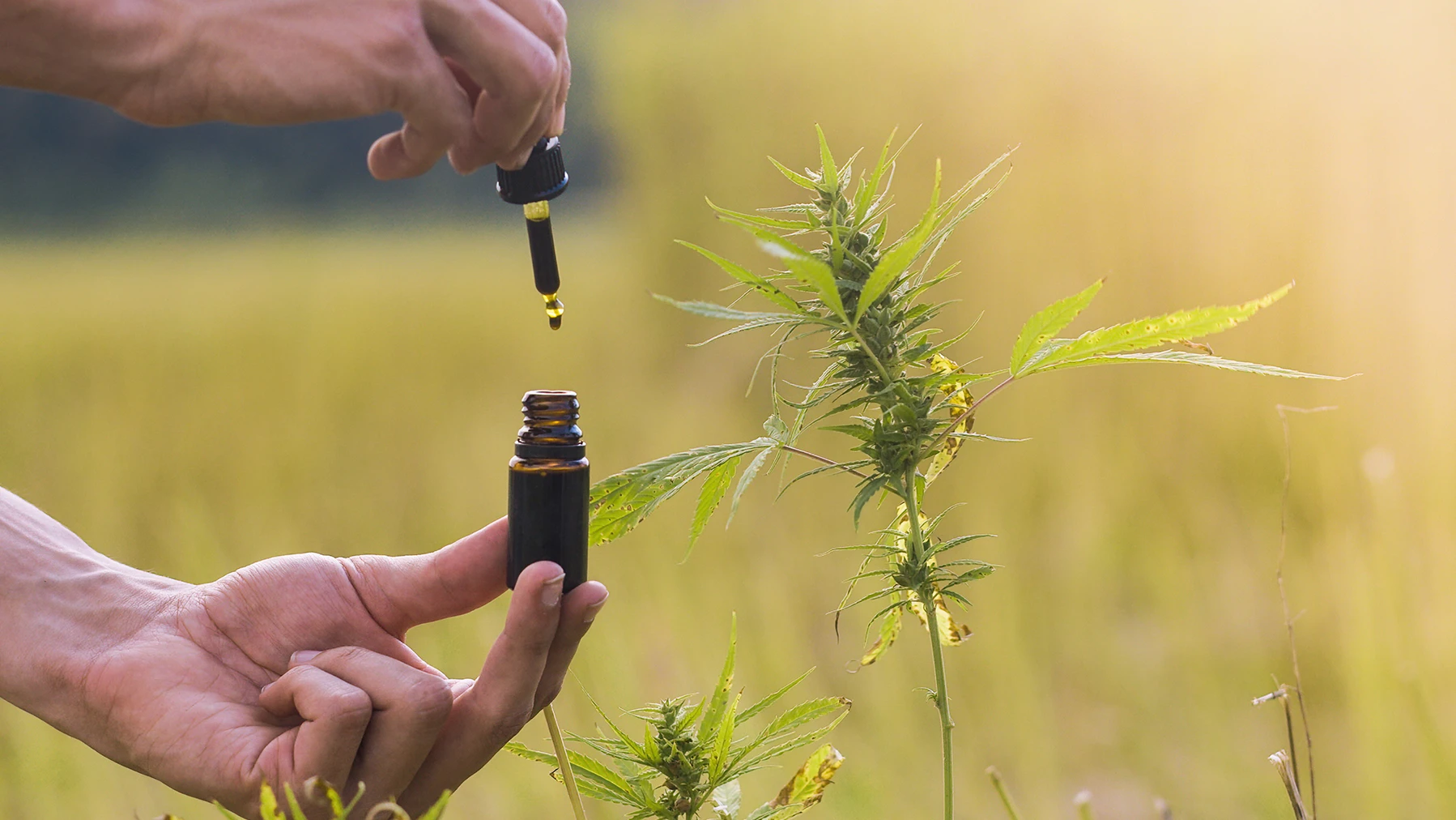Microdosing psychedelics has become a popular topic in recent years, capturing the interest of both the scientific community and the general public.

Microdosing psychedelics has become a popular topic in recent years, capturing the interest of both the scientific community and the general public. But what exactly is microdosing, and how does it differ from traditional psychedelic use? This blog delves into the concept of microdosing, exploring its potential benefits and risks, and examining the current state of scientific evidence on the subject.
What is microdosing?
Microdosing involves taking very small, sub-perceptual doses of psychedelic substances, such as LSD (lysergic acid diethylamide) or psilocybin (the active compound in magic mushrooms). Typically, these doses are about one-tenth to one-twentieth of a regular, recreational dose. The goal of microdosing is not to experience the full-blown hallucinogenic effects of these substances but to gain subtle enhancements in cognitive and emotional functioning.
How microdosing differs from traditional use
Traditional psychedelic use aims for a full psychedelic experience, often resulting in altered perceptions, hallucinations, and profound shifts in consciousness. These experiences can be therapeutic and enlightening but can also be intense and overwhelming. In contrast, microdosing aims for minimal disruption to daily life. This allows individuals to maintain their normal routine while potentially benefiting from the positive effects of psychedelics.
Potential benefits of microdosing
Proponents of microdosing claim a wide range of benefits, from improved mood and creativity to enhanced cognitive functioning and emotional resilience. Here are some of the most commonly reported benefits:
1. Enhanced mood and reduced anxiety
One of the most frequently cited benefits of microdosing is an improvement in mood. Users often report feeling happier and more content, with reduced symptoms of anxiety and depression.
2. Increased creativity and problem-solving skills
Many individuals who microdose report enhanced creativity and improved problem-solving abilities. This boost in creativity is often attributed to the way psychedelics can alter neural pathways, allowing for more flexible and divergent thinking. Artists, writers, and professionals in creative fields often tout microdosing as a way to overcome creative blocks and generate new ideas.
3. Improved focus and productivity
Microdosing is sometimes compared to taking a nootropic or cognitive enhancer. Users often claim that it helps them stay focused and productive, with better attention to detail and increased motivation. This effect is particularly appealing to those in high-pressure jobs or academic environments.
4. Enhanced emotional resilience
Another reported benefit of microdosing is greater emotional resilience. Users often find themselves better able to cope with stress and more adaptable in the face of challenges. This increased resilience can contribute to overall well-being and life satisfaction.
Potential risks of microdosing
Despite the reported benefits, microdosing is not without risks. As this is still a relatively new phenomenon, there is still a lot that we don’t know about the long-term effects of microdosing. It is important to consider these potential downsides before deciding to try microdosing:
1. Lack of regulation and standardization
One of the biggest risks associated with microdosing is the lack of regulation and standardisation. Because psychedelics are illegal in many parts of the world, obtaining consistent and pure substances can be challenging. This can lead to unintentional overdosing or consuming adulterated substances, which can have harmful effects.
2. Unknown long-term effects
While there is some research on the short-term effects of microdosing, the long-term effects are still largely unknown. Regular use of any psychoactive substance can have cumulative effects on the brain and body, and more research is needed to understand the potential long-term risks of microdosing.
3. Psychological risks
Although microdosing aims for sub-perceptual effects, there is still a risk of psychological distress, particularly for individuals with a history of mental health issues. Even small doses of psychedelics can trigger anxiety, paranoia, or other negative psychological reactions in some people.
4. Legal risks
In many countries, psychedelics remain illegal, and possession or use can result in legal consequences. It’s important to be aware of the legal status of these substances in your region and consider the potential legal risks before engaging in microdosing.
Current state of scientific evidence
The scientific community has shown increasing interest in microdosing, but research is still in its early stages. A growing number of studies and anecdotal reports suggest that microdosing can have various positive effects, but more rigorous scientific investigation is needed.
Recent Research
Recent studies have begun to explore the effects of microdosing in controlled settings. For example, a study published in the Journal of Psychopharmacology in 2020 found that microdoses of LSD improved mood and cognitive function without significant negative effects. However, other studies have found mixed results, with some reporting minimal or no benefits compared to placebo.
Challenges in research
One of the challenges in researching microdosing is the placebo effect. Because the doses are so small, the psychological expectation of improvement can significantly influence results. Additionally, self-reported data from microdosing enthusiasts can be biassed, as individuals may be more likely to notice and report positive effects.
Ongoing research
Ongoing research aims to address these challenges by using more rigorous methodologies, such as double-blind, placebo-controlled trials. These studies will help to clarify the true effects of microdosing and provide a clearer understanding of its potential benefits and risks.
Interested in expanding your understanding of psychedelics? How Plantific can help
Microdosing psychedelics holds a lot of promise despite still being a controversial practice. While many users report significant benefits, such as enhanced mood, creativity, and focus, the potential risks and unknown long-term effects warrant caution. As scientific research continues to evolve, we will gain a better understanding of whether microdosing is a safe and effective way to enhance mental and emotional well-being. For now, it’s important to approach microdosing with an open but critical mind, considering both the potential benefits and risks.
At Plantific our Introduction to the Science of Psychedelics course provides an overview on the history, science and ethics of psychedelics.
Our course can provide you with all of the necessary knowledge to effectively navigate the complex galaxy of psychedelic medicines. The Introduction to the Science of Psychedelics course offers you a competitive edge in preparation for the challenges and opportunities in this rapidly-evolving field. Broadly speaking, the course focuses on the following concepts:
- Historical summary
- Substance overview
- Medical applications
- Clinical practice
- Research
- Ethics and bio-cultural sustainability
If you are interested in learning more about how Plantific can help you on your Psychedelic knowledge journey, explore the various courses we offer.


